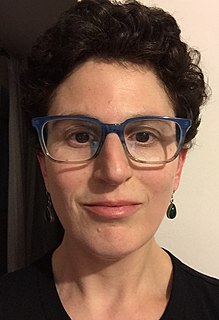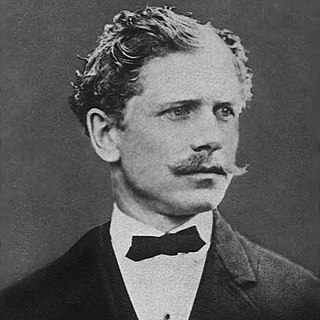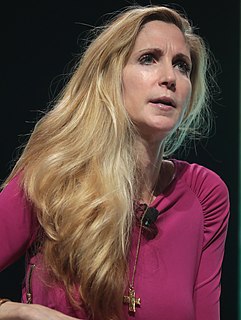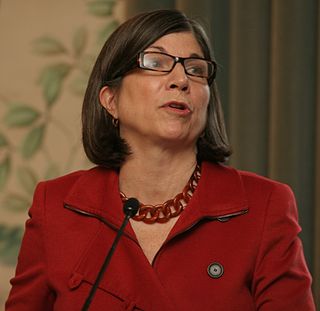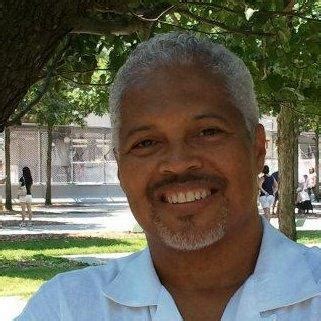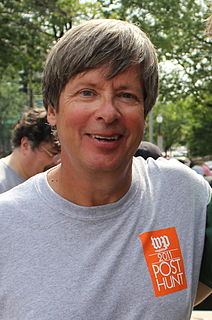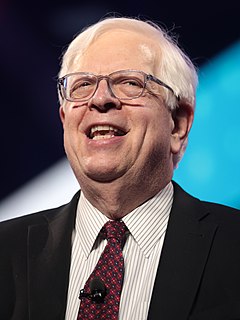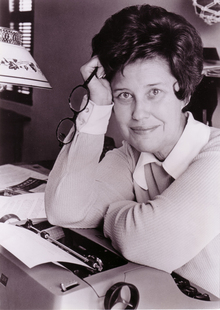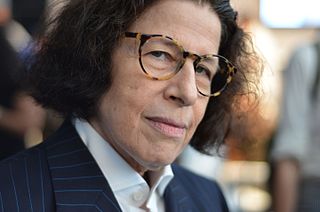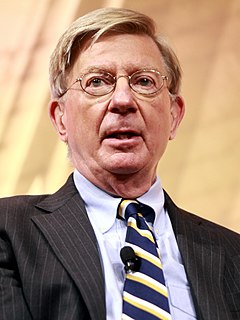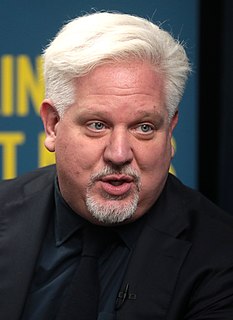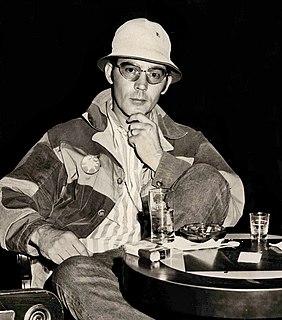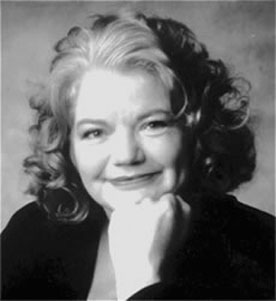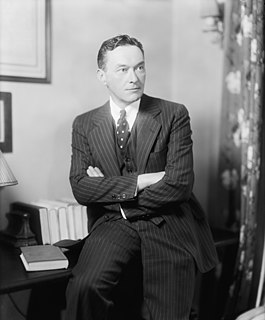Top 89 Quotes & Sayings by Sarah Weinman
Explore popular quotes and sayings by an American journalist Sarah Weinman.
Last updated on April 14, 2025.
Although we might think of Holmes as the Ur-sleuth, the seminal inspiration for many writers comes not from the chronicles of Baker Street but from the intricately plotted novels of Charles Dickens and his colleague Wilkie Collins, who in works like 'Bleak House' and 'The Moonstone' established the modern, character-driven mystery novel.
A few hours after the news broke about the death of crime writer Donald E. Westlake, a newspaper asked me to write a tribute. In short order I did so, calling attention to his decades-long career, both under his own name and that of his primary alter ego, Richard Stark, who introduced the unsentimental antihero-heister Parker to the literary canon.
Former CIA employee Joseph Weisberg's 'An Ordinary Spy' may attract attention for how much it redacts - whether by authorial choice or by CIA design - but its power comes from the growing frustration Weisberg's fictional alter ego feels at a system designed to betray seeming innocents in the most casual and cruel manner possible.
I first read 'Lolita' when I was 16, which I think is a little bit young. But it was a thrilling and disturbing read because it was the first time I really sensed that you could have an unreliable narrator, that you didn't have to sort of tell the truth in a narrative, that there could be something deeper and richer and more complicated going on.
In 'A Bone in the Throat,' he describes his protagonist and alter ego, the cook Tommy Pagano, as 'darker, and not as tall as the chef, his hair stood up straight and spiky like a young Trotsky's.' He describes Little Italy with such verve, such flavor, that it is impossible not to smell the streets or taste the food.
As Paretsky detailed in her short memoir Writing in an Age of Silence (2007), early optimism buoyed by the civil rights movement of the 1960s and early 1970s has, in her view, all but crumbled in the face of a bombardment of sadism and misogyny, the withholding of civil liberties, and the nation's move from proud speech into near-deafening silence.
'The Chill,' by Jason Starr and Mick Bertilorenzi, was both a wise and nervy choice to start the year: Starr's standalone novels, such as 'Hard Feelings' and 'The Follower,' sustain a mood not unlike the perpetual unscratchable itch on one's back, and go Highsmith-level deep into the sociopathic mind.
Out of the ashes of the Great War came the freewheeling cultural renaissance that was the Jazz Age, but the decade-long party of flapper dresses and bootlegging came to a crashing halt with the Crash of '29 - triggering the Great Depression and the New Deal that would help America get back on its feet, just in time for another, greater war.
As his celebrity grew in stature, as he transformed from line cook to chef at Les Halles and further high-grade Manhattan restaurants to charismatic television star, I kept hoping - foolishly, perhaps - that Bourdain might return to his first writing love, to the books he wrote and published when his audience was smaller but still devoted.
Reading 'Ghost Waltz' and 'Nine and a Half Weeks' side by side, Day's vulnerabilities come shimmering into view. Both books examine the consequences of relationships marked by withholding - be it her lover's effortless domineering humiliation or her parents' shutting the door on discussing Herr Seiler's deep-seated Nazi ties.
